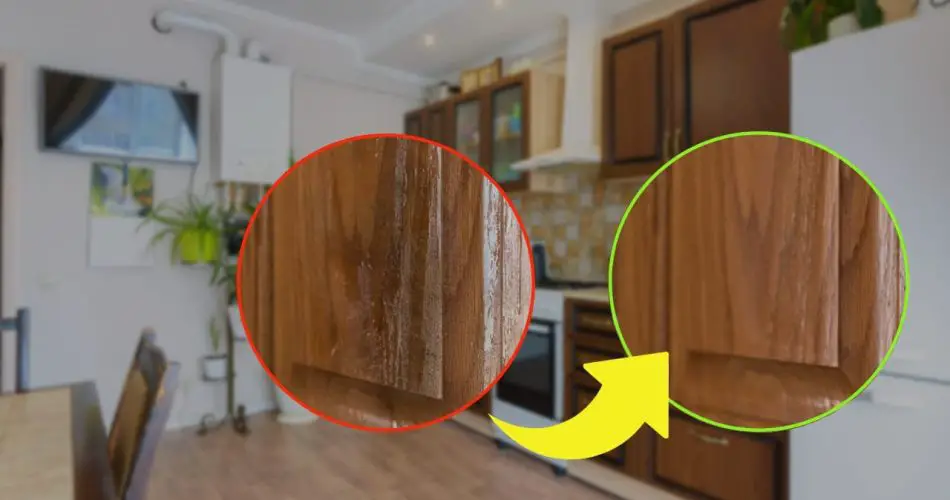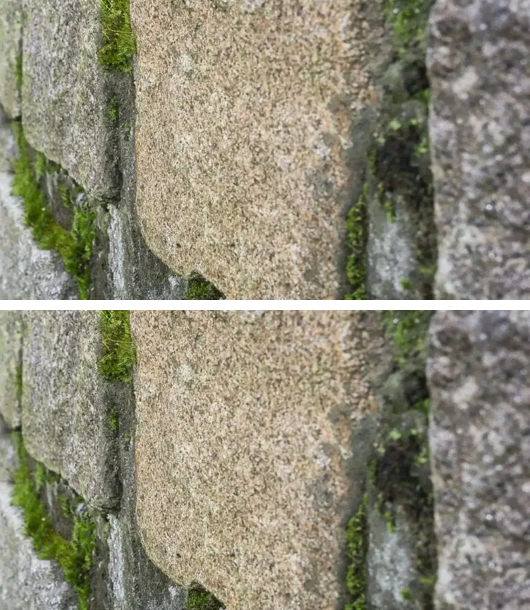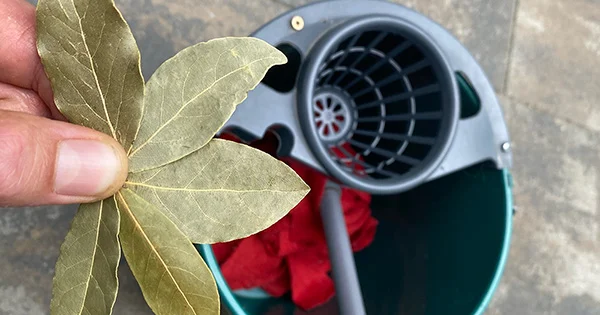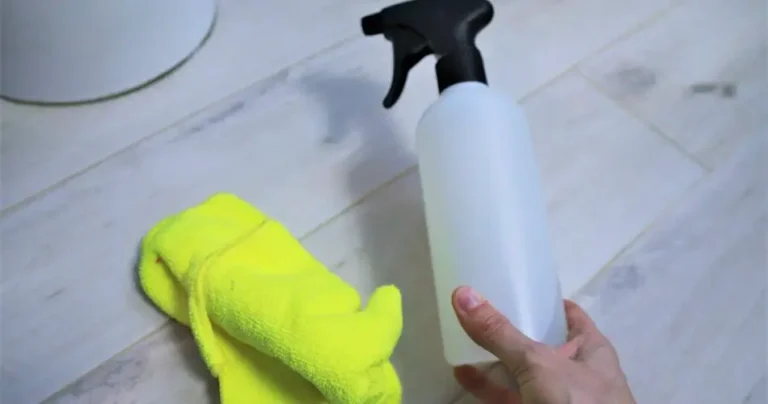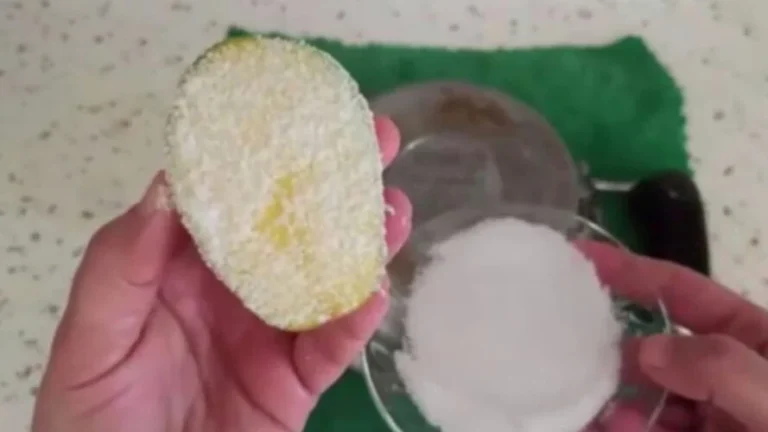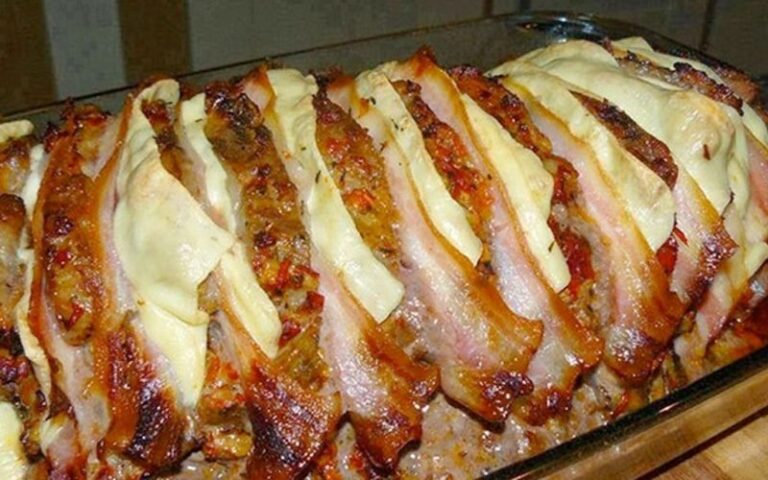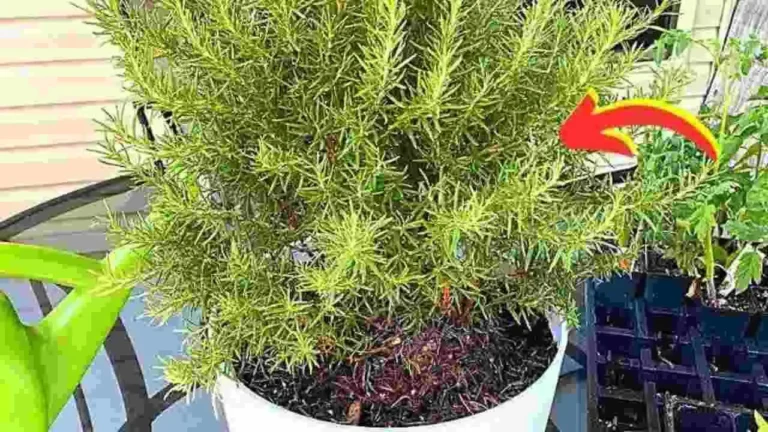Greasy and dirty kitchen cabinets, use this miracle ingredient to make them shine: like new
PRINCE OVEN DISH WITH SEASONED MEAT, BABA, ONION AND CHEESE
Greasy and dirty tall furniture, we use the kitchen practically every day to prepare dinners and lunches. We do not realize that from time to time these get dirty because they absorb the splashes of food, the vapors of what is being prepared and inevitably the grease, which is slowly deposited without being noticed.
After days of lack of care or poor cleaning, greasy and dirty cabinets end up looking really dirty, almost impossible to clean.
It is a good idea to clean them every time we cook, but we rarely do it, perhaps because of the rush, because nowadays everyone leads a hectic life that leaves no escape for anyone .
Cleaning your cabinets every time you cook is important to avoid ruining them.
When we cook we leave rings and traces of oil and fat everywhere, which expand with the steam every time you cook something new . Therefore, even simply using a damp cloth, it is advisable to spend a few minutes on them.
If we all had this habit, a single pass , with a valid indicated product, would be enough to have the cabinets always clean, like new, intact. On the other hand, since there is accumulated dirt and grease, it takes much more time to obtain at least acceptable results.
Cleaning greasy and dirty cabinets varies depending on the furniture materials, not all are easily cleaned with a single wipe and a single product. To obtain a perfect and satisfactory result, simply clean with natural products that everyone has at home, which respect the environment, are non-toxic and do not damage the material of the wall unit even after many uses.
Cleaning greasy and dirty cabinets with natural products, non-toxic to humans and the environment
Among the recommended ingredients for cleaning greasy and dirty cabinets is white wine vinegar . Simply dilute a glass of vinegar in a bowl with a liter of water, then add the Marseille soap flakes, two teaspoons are enough. Then mix the solution until the flavor flakes have completely dissolved, making sure the solution is well mixed.
At this point, wet a soft cloth in the water, wring it well to remove excess water, and wipe it over the doors. Insist on the dirtiest spots, without scratching, because applying force or rubbing too much runs the risk of damaging the tall furniture. After a few minutes, thanks to this solution, the dirt disappears. Once the desired result is obtained, dry the cabinets with a clean cloth.
Ethyl alcohol, the miraculous solution to use at home for cleaning
Another method to clean greasy and dirty cabinets involves the use of ethyl alcohol, it can only be used on wooden surfaces and not on other materials, which instead of cleaning, can ruin the furniture. With alcohol you can prepare an excellent cleaner, which is stored in a spray bottle of at least half a liter. This detergent can be used at any time, for example as soon as you finish cooking and washing the dishes. The detergent in question allows you to immediately eliminate stains, grease and vapors and keep the kitchen always clean and shiny.
To prepare the mixture, pour warm water into the bottle, then add a glass of alcohol and mix vigorously. Once this is done, spray the solution directly on the dirty door and rub it with a damp, well-wrung cloth. Better if the fabric is warm. When you wipe with the damp cloth you will notice streaks, but don’t worry, when the tall furniture is clean it will dry with another cloth and here you have the more than surprising result.
The best remedy, the ally of housewives: baking soda
To conclude, the quintessential remedy requires the use of baking soda that eliminates the dirt that is deposited in greasy and dirty cabinets, but not only. Baking soda is used in cooking to solve many problems.
In this case, there are no recommended doses: you can dilute two or three tablespoons in a container not very full of water. What matters is that there is no baking soda at the bottom, because when you wet the cloth to clean the cabinets you run the risk of collecting too much product. This could have an abrasive effect and therefore ruin the surface. Once finished, dry everything well again using a soft cloth and that’s it.
